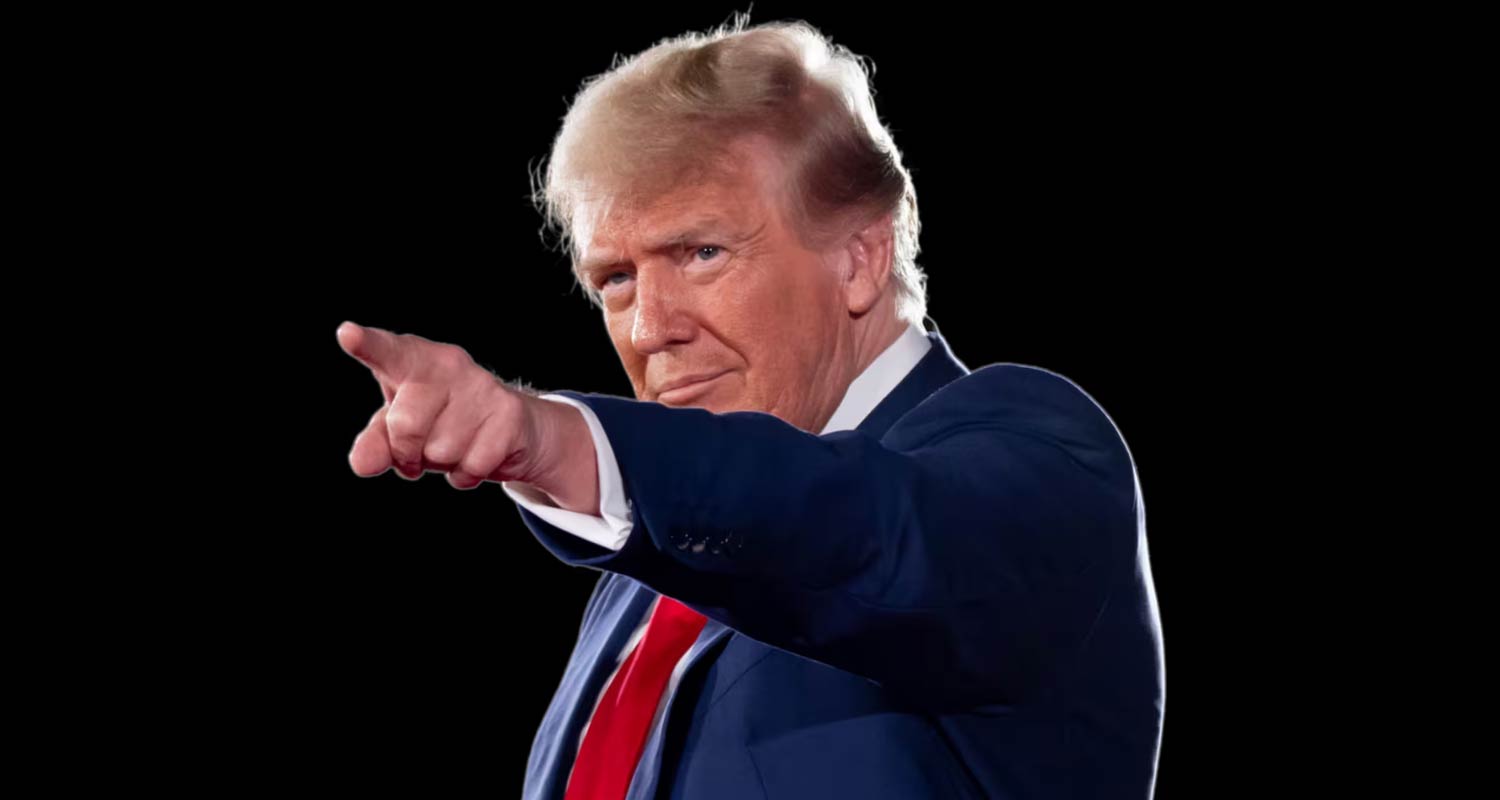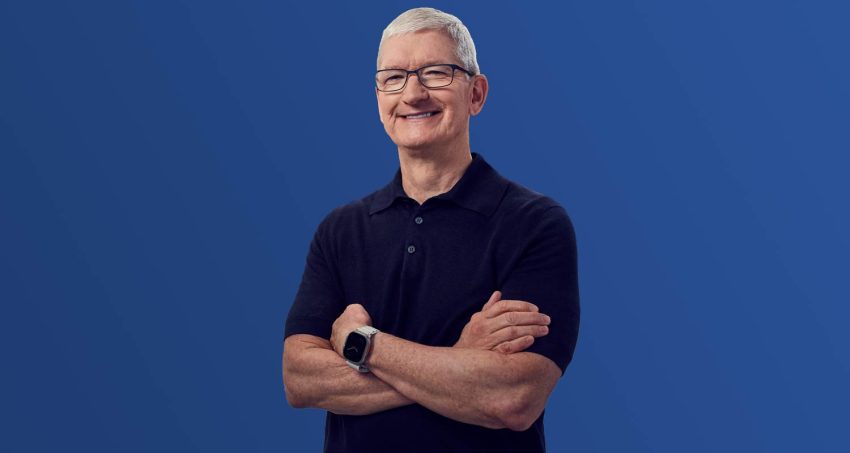
Apple CEO Tim Cook is using a familiar strategy to stay in Donald Trump’s good graces: expanding existing initiatives to show he supports the president’s “Made in the USA” agenda.
Standing in the Oval Office on Wednesday between Trump and vice President JD Vance, Cook announced that Apple will increase its US investment commitment to US$600-billion over four years — up from the $500-billion pledged after Trump’s second-term victory.
A centrepiece of the expansion is a $2.5-billion investment into Corning, Apple’s longtime glass supplier. For the first time, the cover glass for all iPhones and Apple Watches will be manufactured in the US, at Corning’s facility in Kentucky. Though Apple has touted the US roots of iPhone glass before, a portion of that glass was previously made overseas.
“Apple’s been an investor in other countries a little bit. I won’t say which ones, but a couple. And they’re coming home,” Trump said when making the announcement. The $600-billion investment, he said, is “the biggest there is”.
The iPhone maker also discussed increased agreements focused on semiconductor manufacturing, expanding deals with partners like Samsung Electronics, Texas Instruments and Broadcom. Apple is branding the effort the American Manufacturing Programme, or AMP.
The agreements that Apple touted included:
- Working with GlobalWafers in Texas to produce US wafers — the basis for the chips that go into the iPhone and other devices. Apple also said it was partnering with Applied Materials, the biggest US producer of semiconductor manufacturing equipment, to make more of that gear in Austin. But in those cases, Apple will be on the sidelines, rather than building the machinery and components itself.
- Expanding a partnership with Texas Instruments to support the manufacturing of chips in Utah and Texas. The facilities will make components that ultimately go into the iPhone and other devices shipped around the world, Apple said. It’s also teaming up with Samsung to create new chips in Texas that can boost the power and performance of devices.
- A deal with GlobalFoundries to boost US manufacturing of wireless technologies and power management components in New York state.
- Investing in an Arizona facility run by Amkor Technology that tests and packages chips. The location will handle Apple-bound silicon made by partner Taiwan Semiconductor Manufacturing Co at its nearby plants.
In all, the announcements provided just enough evidence that Apple was focusing on America — without forcing it to make major changes. Corning has supplied Apple since the first iPhone in 2007, and Cook has long promoted the iPhone’s American-made glass. What’s new is the modestly increased scale.
Apple is pointing to the deals as it seeks relief from looming tariffs. The Trump administration is letting exemptions on smartphone and gadget levies expire and adopting new duties on Indian imports — a potential issue for Apple, which recently shifted US-bound iPhone assembly to India.
Love of gold
Cook even seized on Trump’s famous love of gold. He presented the president with a large, circular Corning glass plaque engraved with the president’s name, mounted in 24-carat gold. The Apple CEO said that the glass came off an assembly line in Kentucky while the gold was produced in Utah. Cook added that a former US marine who works at Apple designed the plaque.
Trump, meanwhile, announced a major enticement: he said that companies investing in the US — even if the projects are in early stages — would get a break from some tariffs.
“The good news for companies like Apple is, if you’re building in the United States, or have committed to build,” Trump said, “there will be no charge.”
Read: Apple plans product blitz to reignite growth
Apple’s pledges are expected to meet that criteria, even if it isn’t actually making iPhones and other popular devices in the US. Assembly of the smartphone — a costly and complex process of combining components, testing and boxing devices — will continue in China and, increasingly, India. That part will stay “elsewhere for a while”, Cook said. But “there’s a lot of content in there from the US, and we’re very proud of it”.
Trump acknowledged that assembly was “set up in other places, and it’s been there for a long time”, but he reiterated his desire to bring that stage of production to the US someday. “This is a significant step towards the ultimate goal of ensuring that iPhones sold in the United States of America also are made in America,” he said.

Trump’s existing tariffs have already taken a toll on Apple. It said last week that the levies will cost the company about $1.1-billion in the September quarter. But Apple is looking to avoid incurring further costs, especially as it prepares to unveil the iPhone 17 line next month.
Cook is also likely seeking support from Trump on other fronts: the US justice department is suing the company for alleged antitrust violations, and the agency is threatening its $20-billion search deal with Google in a separate case. The US government also could potentially help Apple cope with tough new restrictions on the App Store in the EU.
This isn’t the first time Apple has used US manufacturing announcements to promote Trump’s priorities. In 2019, the company promised to assemble a new Mac Pro in Texas. It wasn’t a big change: Apple had produced the previous model in the state since 2013. But that gesture helped land the company a reprieve from tariffs.
Read: Stuck in neutral, Apple misses the AI moment
Earlier this year, after Trump’s return to office, Cook unveiled the initial $500-billion commitment — an acceleration of the investments Apple had begun under President Joe Biden. At that time, Apple announced it would start making AI servers in Houston.
Cook said Wednesday that the first test units rolled off that factory’s assembly line last month. “We’re going to keep building technologies at the heart of our products right here in America,” he said. — (c) 2025 Bloomberg LP
Get breaking news from TechCentral on WhatsApp. Sign up here.
Don’t miss:
Tim Cook says Apple ready to open its wallet to catch up in AI

